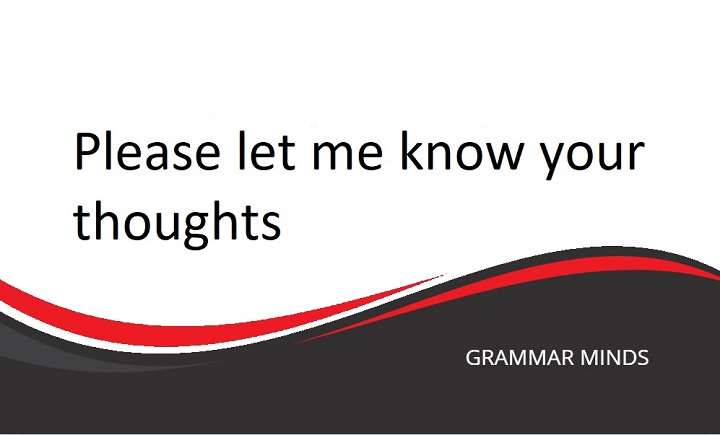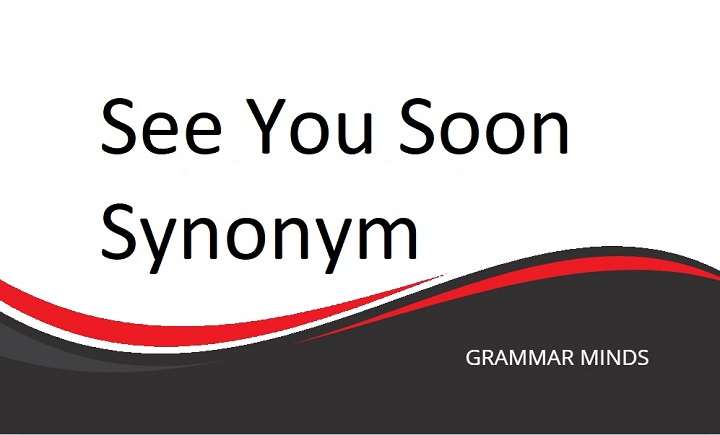Are you frequently using the phrase “on the same page” in your conversations, meetings, or emails? While it’s a convenient and effective expression, it can sometimes feel repetitive. Whether you’re coordinating with colleagues at work, discussing plans with friends, or simply trying to ensure mutual understanding, you may want to explore fresh ways to convey the same meaning.
If you find yourself relying on the expression “on the same page” and you’re ready for a change, don’t worry! This article will introduce a variety of alternative phrases to keep your communication engaging and dynamic.
Do You Find Yourself Using the Phrase “On the Same Page” Repeatedly?
“On the same page” is a commonly used expression, especially in business and everyday conversations, to indicate that everyone involved understands the same information or shares the same perspective. While it’s a highly effective phrase, repeating it too often can make your language sound monotonous, especially in formal settings.
Luckily, the English language is rich with synonyms and alternative expressions. In this article, we’ve compiled a handy list of phrases you can use instead of “on the same page.” These alternatives will help you sound more varied, polished, and even professional, whether in emails, meetings, or casual conversations.
Other Ways to Say “On the Same Page”
Here are 10 alternative phrases to replace “on the same page” in your conversations:
- In Agreement
- In Sync
- On the Same Wavelength
- Aligned
- In Accord
- Seeing Eye to Eye
- Of One Mind
- In Harmony
- In Unison
- Mutually Understanding
Key Notes
“On the same page” is grammatically correct and suitable for both formal and informal situations. It’s a versatile phrase that works well in business meetings, emails, and casual chats. However, it can sometimes feel basic or overused.
You can opt for alternatives like “In Agreement” or “Aligned” in formal emails and meetings, while informal phrases like “On the Same Wavelength” or “In Sync” work well in casual contexts.
Let’s explore these phrases in more detail, showing how you can use them effectively in both formal and informal situations, along with examples to help you understand their best applications.
In Agreement
Usage:
If you’re looking for a more formal way to say “on the same page,” “in agreement” is a great alternative. This phrase adds a level of professionalism and can be used in emails, business meetings, or any formal context where consensus is important.
Example (in an email):
Dear Sarah,
Thank you for your feedback on the project proposal. After reviewing the document, I believe we are in agreement on the next steps.
Best regards,
John
When to Use It:
- Formal emails
- Business meetings
- Professional discussions
In Sync
Usage:
A more casual and modern alternative to “on the same page” is “in sync.” This phrase conveys that you and another person (or group) are operating smoothly together or have matching ideas, making it ideal for informal conversations with friends, family, or colleagues in a less formal setting.
Example (in conversation):
Hey Matt,
Thanks for catching up today! I think we’re in sync on the travel plans. Let’s confirm the dates next week.
When to Use It:
- Informal chats
- Friendly discussions
- Collaborative projects
On the Same Wavelength
Usage:
“On the same wavelength” is a more expressive, yet still casual, way of saying “on the same page.” It suggests that you and the other person share a similar thought process or understanding. This phrase is great for conversations with people you already have a rapport with, whether it’s friends, family, or coworkers.
Example (in conversation):
Anna, it’s great how we’re always on the same wavelength when it comes to design ideas! Looking forward to collaborating again.
When to Use It:
- Casual conversations
- Creative collaboration
- Informal settings
Aligned
Usage:
“Aligned” is a professional and formal alternative to “on the same page.” It’s often used in corporate settings to signify that two or more parties are in agreement on a certain issue, idea, or strategy. It’s a concise phrase that works well in meetings, presentations, and emails.
Example (in a meeting):
I believe we’re all aligned on the key objectives for the upcoming quarter. Let’s proceed with the plan as discussed.
When to Use It:
- Corporate settings
- Formal emails
- Strategic discussions
In Accord
Usage:
Another formal synonym for “on the same page” is “in accord.” It’s a slightly old-fashioned but elegant phrase, ideal for legal documents, formal reports, or high-stakes business discussions where precision in language is key.
Example (in a report):
The teams were in accord on the final decision regarding the budget allocation for next year’s project.
When to Use It:
- Legal documents
- High-level corporate discussions
- Formal reports
Seeing Eye to Eye
Usage:
“Seeing eye to eye” is a more informal and idiomatic way of saying “on the same page.” It implies that two or more people have the same opinion or viewpoint. This phrase is particularly useful in friendly debates or discussions with colleagues.
Example (in a conversation):
I’m glad we’re finally seeing eye to eye on this issue. Let’s move forward with the plan.
When to Use It:
- Casual conversations
- Informal debates
- Team discussions
Of One Mind
Usage:
If you’re looking for a slightly more formal and intellectual-sounding phrase, “of one mind” is a great choice. It suggests a deep, unified agreement between people, making it perfect for important discussions, negotiations, or strategic planning.
Example (in a presentation):
After thorough discussions, it’s clear that the team is of one mind about the direction we should take.
When to Use It:
- Formal presentations
- Negotiations
- Strategic discussions
In Harmony
Usage:
“In harmony” is a poetic and somewhat formal phrase that can be used to describe mutual understanding or agreement, especially in contexts involving collaboration or teamwork. It’s ideal for discussions that emphasize unity and cooperation.
Example (in a meeting):
The departments have worked in harmony to develop a solution that benefits everyone involved.
When to Use It:
- Team projects
- Formal discussions
- Collaborative efforts
In Unison
Usage:
“In unison” is another formal alternative that suggests everyone is working or thinking together as one. It’s a strong phrase that implies perfect agreement, making it a good choice for reports, presentations, or emails in formal settings.
Example (in an email):
The board members were in unison about the proposed changes to the policy.
When to Use It:
- Formal emails
- Reports
- High-level discussions
Mutually Understanding
Usage:
“Mutually understanding” is a formal phrase that highlights mutual agreement or comprehension between parties. It’s ideal for diplomatic discussions, business meetings, and any professional context where cooperation is emphasized.
Example (in a meeting):
I’m pleased to see that we’ve reached a point of mutually understanding on this matter.
When to Use It:
- Diplomatic conversations
- Business meetings
- Professional negotiations
Is It Correct to Say “On the Same Page”?
Yes! “On the same page” is grammatically correct and appropriate for both formal and informal contexts. Whether you’re using it in emails, conversations with colleagues, or casual chats with friends, it’s a versatile phrase.
However, to keep your language fresh and engaging, it’s helpful to mix in synonyms and alternative phrases like the ones listed above. They add variety and can convey slightly different tones or levels of formality depending on the situation.
Variations of “On the Same Page”
You can also consider slight variations of the phrase, such as:
- “On the same team”
- “Of like mind”
- “In full agreement”
Also Read:
Sounds Good Synonym: Expand Your Vocabulary for More Engaging Conversations
In conclusion, while “on the same page” is a widely accepted and grammatically correct phrase, there are plenty of other ways to express the same idea. Whether you’re in a formal or informal setting, these alternative phrases can help you diversify your vocabulary and communicate more effectively.







